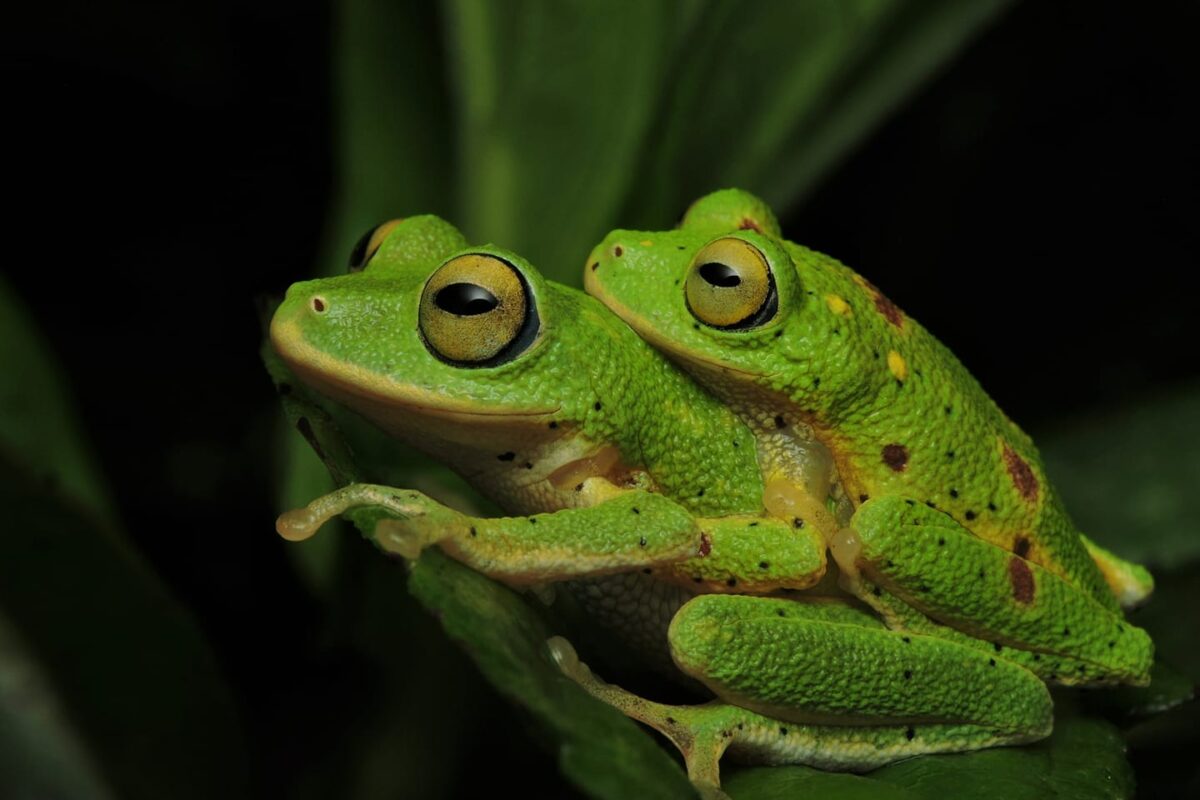COLOMBO – During the Ice Ages, there was a decrease in global sea levels, creating a land bridge between Sri Lanka and India, only to have the then-warmer interglacial periods reverse this, isolating the Indian Ocean island. This triggered cycles of connection and separation that enabled gene flow with the mainland, followed by periods of isolation that drove speciation resulting in the rich biodiversity Sri Lanka harbors today. A recent study is offering fresh insights into how human-induced climate change may be reversing this evolutionary success story. The very species that evolved as endemics during these ancient climatic shifts are today among the most at risk. “We analyzed 233 endemic vertebrate species, including amphibians, reptiles, birds and mammals” says Iresha Wijerathne of Guangxi University, lead author of the study. While Sri Lanka is home to 370 endemic vertebrates, including 101 amphibians, 154 reptiles, 34 birds and 20 mammals, only 233 had sufficient data for modeling. The researchers used species distribution modeling (SDM) techniques to project the impacts of climate change by 2100. Leaf-nosed lizards (Ceratophora tennentii) are found in the wet tropical montane cloud forests of Sri Lanka’s Knuckles Mountain Range at elevations of 760–1,220 meters (2,490–4,000 feet). Image courtesy of Sanoj Wijayasekara. SDM uses environmental variables like temperature, rainfall, elevation and vegetation to predict how suitable habitats for a species may shift over time. These projections are critical for habitat-specific species with limited ranges, particularly endemics. Globally, climate change is expected to alter species distributions through rising temperatures, shifting…This article was originally published on Mongabay
From Conservation news via this RSS feed


